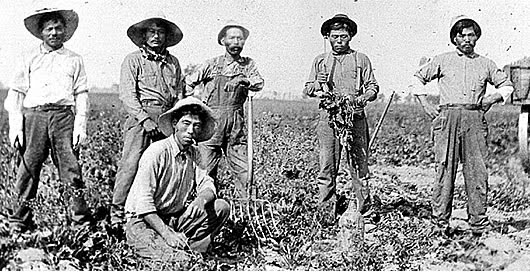
Preserves and shares history of the WWII incarceration of Japanese Americans to promote equity and justice today.
How to get URL link on X (Twitter) App


 Shogan instructed employees to erase references to Japanese American incarceration from educational materials & ordered the removal of Dorothea Lange’s photos of WRA camps from a planned exhibit at the National Archives Museum — claiming it was too negative and controversial.
Shogan instructed employees to erase references to Japanese American incarceration from educational materials & ordered the removal of Dorothea Lange’s photos of WRA camps from a planned exhibit at the National Archives Museum — claiming it was too negative and controversial.

 Miyatake became interested in photography, studying under Harry K. Shigeta and Edward Weston. He was married in 1922 to his wife Hiro, and opened the Toyo Miyatake Studio in Little Tokyo in October 1923.
Miyatake became interested in photography, studying under Harry K. Shigeta and Edward Weston. He was married in 1922 to his wife Hiro, and opened the Toyo Miyatake Studio in Little Tokyo in October 1923. 

 The law was a response to unrest in the camps fueled by the disastrous “loyalty questionnaire” and the restoration of the draft for Nisei. The government had not expected incarcerated Japanese Americans to use the questionnaire as a means of protest.
The law was a response to unrest in the camps fueled by the disastrous “loyalty questionnaire” and the restoration of the draft for Nisei. The government had not expected incarcerated Japanese Americans to use the questionnaire as a means of protest.

